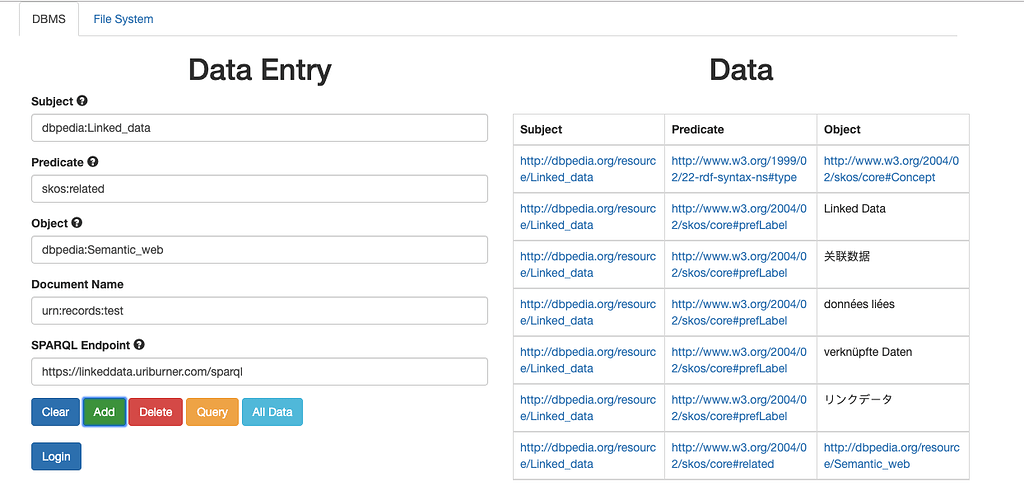

We present a formal definition of the CUDL language's semantics with example interpretations.
#Universal database vs eav modeling full
It provides the ability to define and manipulate database information and changes that can be easily navigated, ensuring full maintainability of all applications.

The CUDL language offers a focused, flexible, efficient and highly expressive environment that also takes advantage of the FDB's characteristics of a continuously evolving database. The FDB model supports conceptual database record processing using a universal schema that eliminates completely the need for reorganization at logical and internal levels when changes in a database application occur. This language conforms to the FDB (Frame DataBase) data model. The semantics of a new language (CUDL - Conceptual Universal Database Language), designed to manage dynamic database environments, are presented. A number of additional remarks, concerning future extensions to a database metamodel as well as its capability to accept custom extensions in the context of current challenges for database management systems, have been presented. To show the importance of metamodel extensibility, the database schema-based mechanism to support the configuration management of ODBMS application has been implemented over the flattened metamodel structure. The prototype implementation of metadata repository is provided to prove the feasibility of the simplified metadata structure. Moreover, the proposed solution assumes the usage of generic means to manipulate database metadata instead of a large set of narrowly specialize operations assumed by the ODMG standard. Since different responsibilities of database metamodel together with inherent complexity of object data model can easily lead to unacceptably complicated metamodel definition, the radically simplified, "flattened" form of metamodel structure is proposed. The main roles of database metamodel have been enumerated. This work is intended to show the importance of providing an explicit database metamodel definition that is both simple and extensible. However in object-oriented DBMS these notions are often treated implicitly or (as in case of ODMG standard) suffer from rather ad-hoc approach to their definition.

Particularly, a metamodel definition provides a base for implementation of database's schema repository. Appropriate constructs reflect the declarations of data-definition and data-manipulation languages, and are necessary to implement the internal DBMS mechanisms. Dans ce travail, nous présentons la méthode que nous utilisons pour la proposition des métriques (qui se compose par définition de métrique, validation formelle et validation empirique) et comment nous l'avons utilisée pour obtenir des métriques pour les bases de données objet-relationnelles.Ī database metamodel is inherent to every DBMS. Mais la définition de métriques doit être faite d'une voie méthodologique, il est nécessaire suivre un certain nombre d'étapes pour assurer la fiabilité de les métriques proposées. Ainsi, il est fondamental proposer des métriques pour controller la qualité de ce genre de bases de données. Les bases de données objet-relationnelles substitueront les systèmes apparentés pour devenir la prochaine grande vague des bases de données parce qu'elles combinent des caractéristiques traditionnelles de base de données avec le principe orienté a l'objet.
#Universal database vs eav modeling verification
In this work, we present the method we apply for the metrics proposal (which is composed by metrics definition, formal verification and empirical validation) and how we have used it obtain metrics for object-relational databases. But metrics definition must be done in a methodological way, it is necessary to follow a number of steps for ensure the reliability of the proposed metrics. So, it is fundamental to propose metrics for control the quality of this kind of databases. Object-relational databases will replace relational systems to become the next great wave of databases because they combine traditional database characteristics with object-oriented principle.


 0 kommentar(er)
0 kommentar(er)
